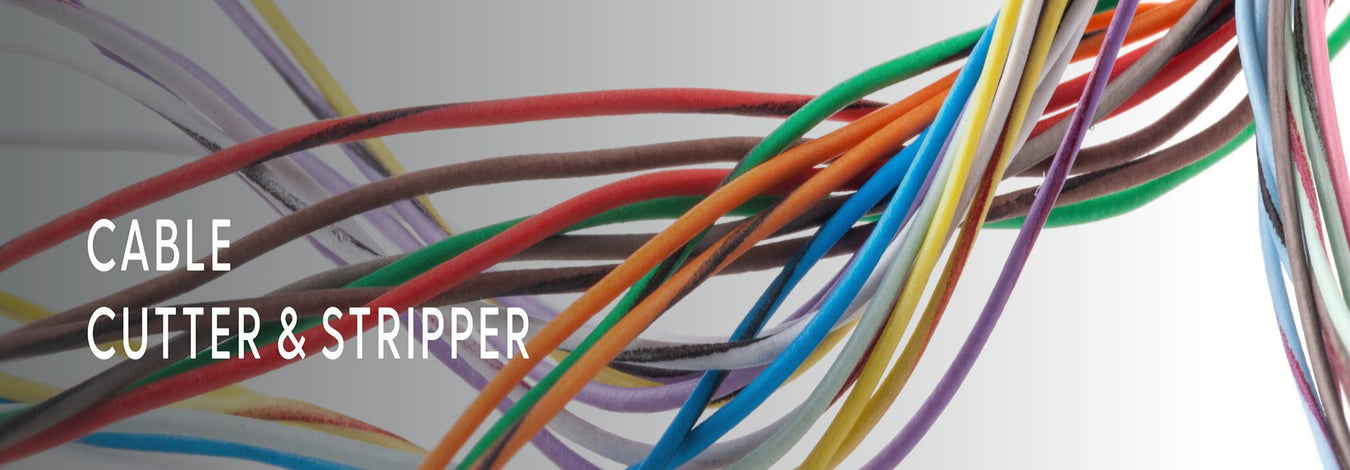
Where Are Crimping Tools Used in HVAC?
Many HVAC systems require crimping tools to ensure good positioning and running correctly. At the same time, some of them, by no means being the most attractive ones, are the most necessary ones. Connectors are present at every point in the HVAC system, and crimping tools are required to make these connections. Failure to use proper tools will compromise efficiency, durability, and reliability. In this article, let us learn where crimping tools are used in HVAC, to what extent they are necessary, and why they are vital tools needed by HVAC technicians.
What are Crimping Tools?
Crimping tools are devices that clasp or fasten the other member of the joined metal or any other malleable substance by forming one or both joint members. The joint created through crimping is sturdy and well-fixed, so its usage is preferable to other joint types in HVAC. Crimping tools have numerous styles and sizes depending on the type of connection used in the given materials. The iCrimp IWS-1807CN PEX Crimping Tool Kit is an ideal example.
Read more: How do I Know Which Crimping Tools to Use?
Functions of the Crimping Tools for HVAC
1. Electrical Connections
Wiring is central in turning the frequently indirect elements such as thermostats, compressors, and fans, which any HVAC system customarily integrates. Connectors are placed at the ends of electrical wires to make firm and good joints with the help of crimping tools. An example of how to crimp large wires ensures that initial connections are perfect for bearing the electrical load and that there are no chances of the circuit being disconnected or short-circuiting.
2. Refrigeration Lines
The product refrigerant flow or the lines in HVAC systems move refrigerant from the evaporator to the condenser and refrigerator compressor parts. Sometimes, only these lines have to be connected or rejoined, and there are crimping tools that close these connections entirely. Good crimping allows the refrigerant to stay within the system and be efficient with less environmental harm.
3. Ductwork Assembly
Ductwork is a significant component of HVAC since it aids in circulating the conditioned air all over the building. Ductwork is joined to crimping tools to fasten the metal parts together. It is vital to prevent damage to the ducts, and the efficiency could decrease if there is leakage. Good connections through crimping make it easier to maintain continuity in airflow and regulate temperatures.
4. Pipe Fittings
While designing the HVAC systems, several types of piping could be used depending on the fluid or the gases in transit, such as copper, aluminum, or steel piping. These pipes are also leakproof and are connected to crimping tools to fix the fittings properly. An ideal example is the IWS-1632AF-ZL-7 Copper Pipe Press Tool, which is essential in applications where the pressure or temperature of the system can cause problems to the joint.
Crimping Tools and Their Significance in the HVAC System
1. Ensuring Reliability
It is, therefore, important that the connections of various elements of HVAC systems are of high standards. Crimping tools have a technique to develop a solid and effective connection that can offer the stress level of operations. Thus, in a way, it prevents system failures and increases the life expectancy of the equipment.
2. Enhancing Efficiency
Efficacy is essential in HVAC systems, which is why it is necessary. Damages to pipes or poor contact greatly lower the performance of the heating and cooling processes. By applying these strategies and employing tools such as crimping to guarantee a proper connection, HVAC specialists can retain the system's efficiency and, thus, decrease energy consumption with lower costs.
3. Safety
Preventing risk in HVAC installations and repairs is very important. Poor connections can be dangerous in electrical and refrigerant lines; they may lead to electrical fires or cause the refrigerant fluid to leak. Such tools as crimping help to make the connection stable, safe, and secure from harm to both the system and the persons using it.
4. Compliance with Standards
Thus, HVAC systems are required to meet the various standards and regulatory measures set in the industry. Utilizing crimping tools to make compliant connections assures the installation of these standards, which may otherwise lead to legal or regulatory problems.
Bottom line
Crimping tools are vital in the HVAC field and are paramount to ensure the systems' reliability, efficiency, and safety. These tools apply screwed connections to make electrical joints plus duct connections that form the basics of HVAC-manufactured systems. It simplifies your work and guarantees that the installation and every repair work you undertake on the Heating and cooling systems is perfect. Consult iCrimp on your project's proper crimping tools because we have the best. Our specialists are ready to assist you in making the appropriate decisions about crimping tools for HVAC requirements.
References





